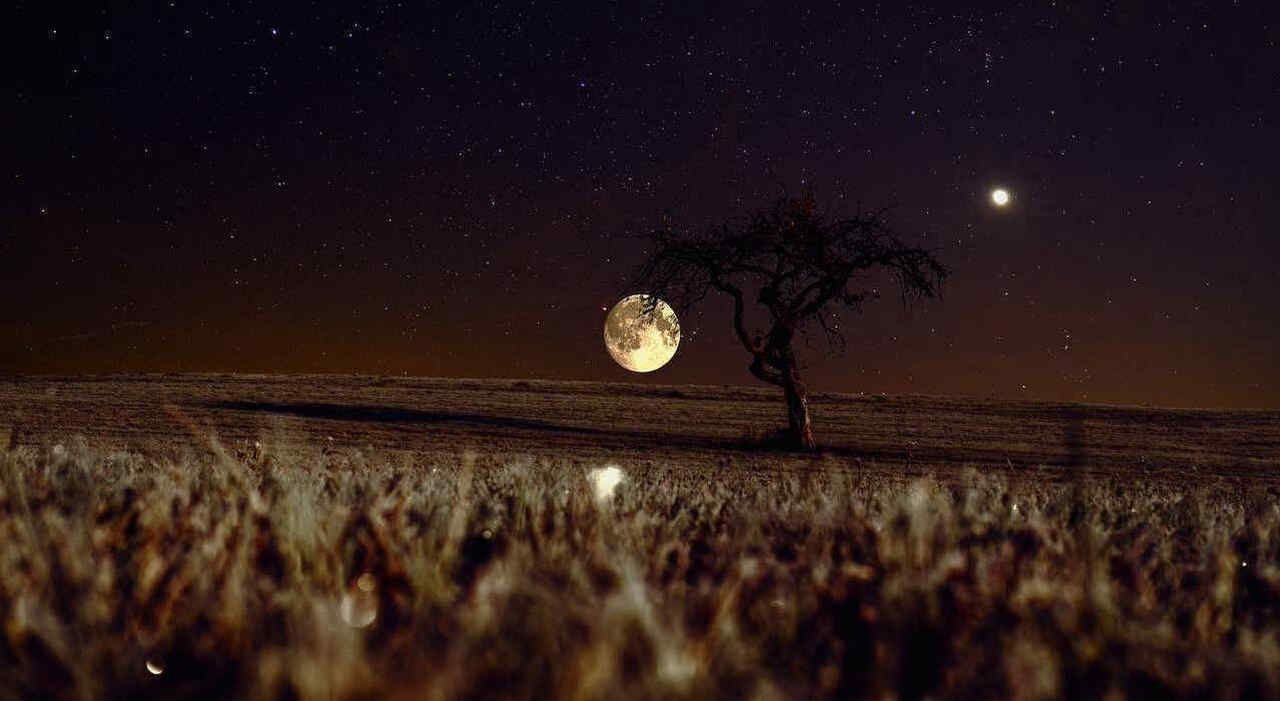Access the article and all the contents of the site
with the dedicated app, newsletters, podcasts and live updates.
SPECIAL OFFER
BEST OFFER
ANNUAL
19€
For 1 year
CHOOSE NOW
MONTHLY
€1 PER MONTH
For 6 months
CHOOSE NOW
SPECIAL OFFER
BEST OFFER
ANNUAL
11,99€
For 1 year
CHOOSE NOW
MONTHLY
€2 PER MONTH
For 12 months
CHOOSE NOW
– or –
Subscribe by paying with Google
SPECIAL OFFER
Read the article and the entire website ilmessaggero.it
1 Year for €9.99 89,99€
or
€1 per month for 6 months
Automatic Renewal. Turn off whenever you want.
- Unlimited access to articles on site and app
- The 7:30 Good Morning newsletter
- The Ore18 newsletter for updates of the day
- The podcasts of our signatures
- Insights and live updates
Looking to the West, where the Sun has set, throughout the night: the sky offers one of the most brilliant encounters in these hours between Tuesday and Wednesday. The kiss between the Moon and Venus. To admire the conjunction between the two brightest stars in the night sky, just look west immediately after sunset.
The phenomenon of ashen light will also be visible, intuited by Leonardo da Vinci around 1510 and whose mechanism was explained about a century later by Galileo Galilei.
“Our eyes are enough to enjoy this spectacular encounter”, observes the astrophysicist Gianluca Masi, scientific director of the Virtual Telescope, who organized an indirect observation of the event at 10 pm on Tuesday 23 May.
“The two protagonists – he continues – will shine in the west, the direction where the Sun will have set shortly before, and will be clearly visible from dusk until late at night”. The Moon “will also show the precious ashy light: in addition to the fraction directly illuminated by the Sun, the entire lunar disk will in fact be visible, as in half-light”. This phenomenon, which occurs a few days after the new Moon, is due to the fact that while the Moon appears as a very thin sickle illuminated directly by the Sun, the sunlight that strikes the Earth is reflected towards the Moon, illuminating the remainder of the lunar surface facing the Earth.
Read the full article
on The Messenger
